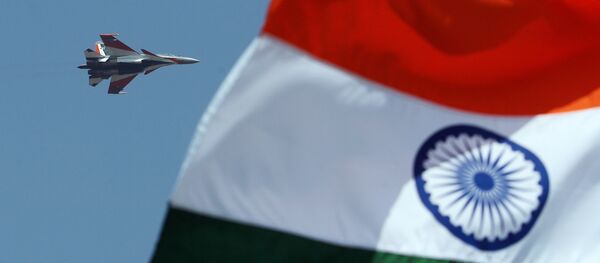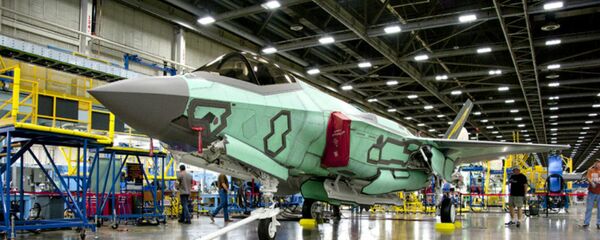Russia's SU-25 battle-plane deserves being called a "flying tank", National Interest columnist Sebastien Roblin believes.
Fast and heavily armed SU-25 attack planes entered production in 1978. They were aimed for "a titanic clash between the ground forces of NATO and the Warsaw Pact", and therefore were capable of flying low and slow to properly observe the battlefield.
Russia’s A-10 Warthog: Why the Su-25 Frogfoot Is a flying tank https://t.co/LYdgYsn6mW pic.twitter.com/U7IBTRtwZU
— SOFREP (@SOFREP) August 27, 2016
Flying low meant invincibility against NATO's deadly long-range SAMs, but not against antiaircraft machineguns. To make sure the plane is protected, the Sukhoi design bureau developed a so-called titanium "tub" that housed both pilot and avionics. Armored plates with a thickness of ten to twenty-five millimeters literally wrapped around the cabin.
No surprise SU-25 has become popular for having survived in most extreme situations on the battlefield. Back in the 90s the aircraft even received its own American computer game.
The closest equivalent to SU-25 is the American tank busting A-10 Thunderbolt II, which is heavier and slower but has longer range and loiter time. But while US Air Force is set to retire the battle-plane six years from now, the SU-25 continues undergoing necessary upgrades allowing it to stay effective.
Russia had a lot of experience flying Su-25s as the battle-planes participated in dozens of conflicts around the world. SU-25s have seen action in the service of Macedonia, Ethiopia, Sudan, and finally in 2015 modernized Su-25SM were used in Russia's airstrike campaign against Daesh in Syria. Many observers noted that of the aircraft involved in the mission, the Su-25s were the best adapted for the close air-support role.
"While it's fun to admire high-performing fighters like the MiG-29 or F-22 Raptor, the unglamorous Su-25 has so far had a greater impact on a wide range of conflicts," Roblin wrote.




